are these fruit trees viable in Pennsylvania?
armyofda12mnkeys
12 years ago
Related Stories
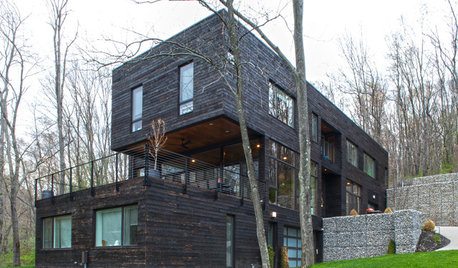
HOUZZ TOURSMy Houzz: Modernism Takes a Natural Turn in Pennsylvania
Generous wood throughout and woodsy sights outdoors soften and warm this home’s modern lines
Full Story
EDIBLE GARDENSHow to Grow Your Own Peaches and Nectarines
Make gardening a little sweeter with these juicy fruits, which you can eat after plucking or preserve for later
Full Story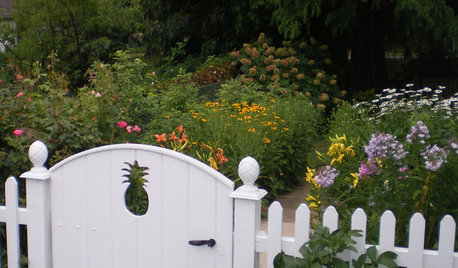
DECORATING GUIDESDesign Mystery: Why Do Pineapples Sprout Up in Home Design?
Early Americans were bananas about pineapples — and we’re still reaping the benefits of the sweet fruit’s symbolism today
Full Story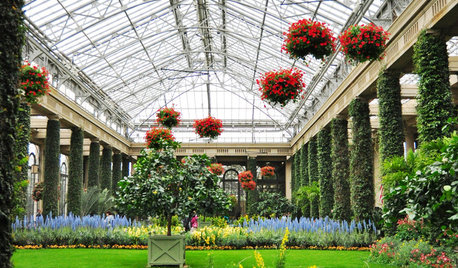
GARDENING AND LANDSCAPINGConservatories of Longwood Gardens Inspire Awe
Take a virtual tour of the magnificent greenhouses and surrounding areas of this stunning Pennsylvania masterpiece garden
Full Story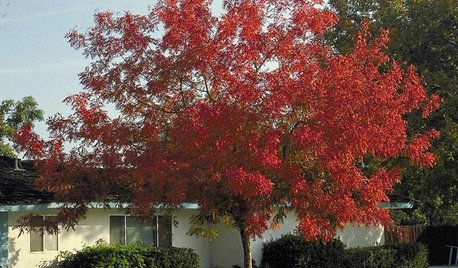
RED FOLIAGEGreat Design Plant: Chinese Pistache
Versatile and easygoing, this tree puts on a guaranteed fall spectacle in the landscape
Full Story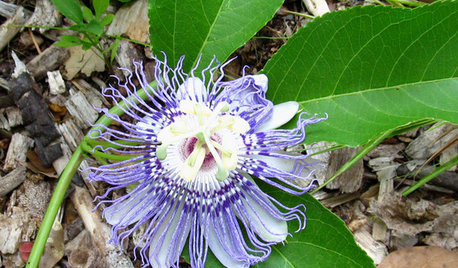
GARDENING GUIDESGreat Design Plant: Passiflora Incarnata
Enjoy the amazing flowers and edible fruit of U.S. native Passiflora incarnata (also known as maypop) — the butterflies sure do
Full Story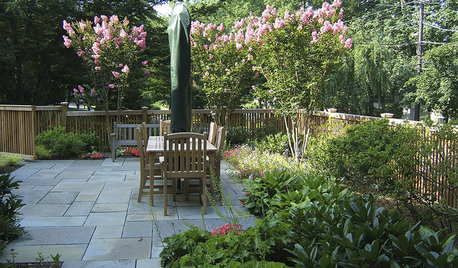
GARDENING GUIDESGreat Design Plant: Crape Myrtle
With long-lasting blooms and gorgeous exfoliating bark, this ornamental tree brings bright color and a unique form to the landscape
Full Story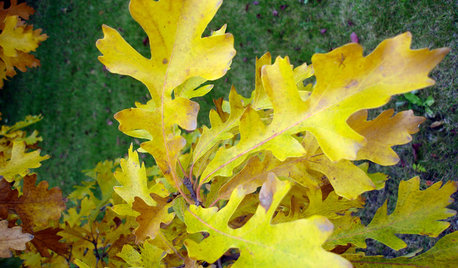
GARDENING GUIDESCelebrate Eastern Oaks for Wildlife, Longevity and Seasonal Interest
There might not be a more important tree to have in your eastern U.S. landscape — if you can fit one in
Full Story
LANDSCAPE DESIGNWarm Up Your Home With an Evergreen Windbreak
Plant tall trees for more warmth in winter, serenity in summer and good looks all year long
Full Story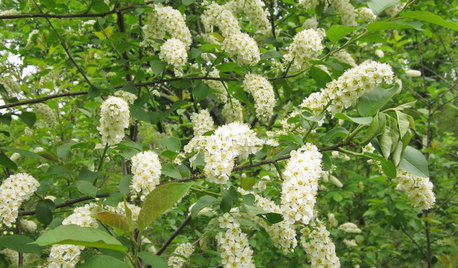
TREESNative Plant Alternatives to Invasive Common Buckthorn
Learn how to identify and control this aggressive plant, and what to grow in its place
Full Story






Scott F Smith
fruitnut Z7 4500ft SW TX
Related Professionals
Carson Landscape Architects & Landscape Designers · Towson Landscape Architects & Landscape Designers · Aurora Landscape Contractors · Billerica Landscape Contractors · Woburn Landscape Contractors · Arden-Arcade Landscape Contractors · Beverly Hills Landscape Contractors · Brookfield Landscape Contractors · Lake Zurich Landscape Contractors · Live Oak Landscape Contractors · Long Branch Landscape Contractors · Mastic Beach Landscape Contractors · New Cassel Landscape Contractors · Sun City Center Landscape Contractors · Wethersfield Landscape Contractorsarmyofda12mnkeysOriginal Author
alan haigh
olpea
bob_z6
alan haigh
lindsgarden
armyofda12mnkeysOriginal Author
Scott F Smith
bob_z6
alan haigh
bob_z6
alan haigh
alan haigh
Scott F Smith
lindsgarden
alan haigh
Scott F Smith
olpea
armyofda12mnkeysOriginal Author
bob_z6
Scott F Smith
alan haigh
bob_z6
olpea
alan haigh
olpea
fruitnut Z7 4500ft SW TX
armyofda12mnkeysOriginal Author
olpea